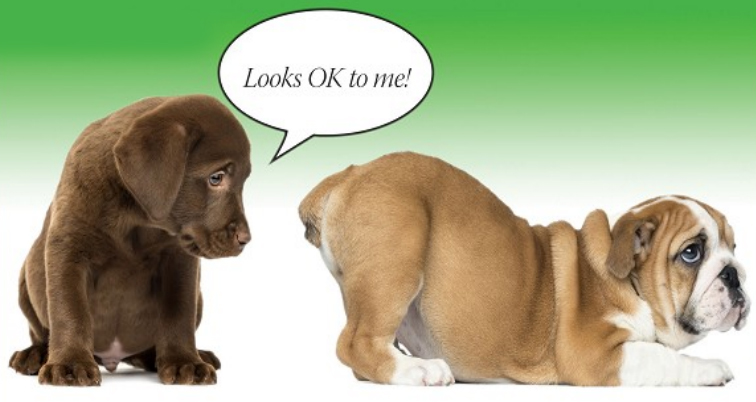
Each impaction may cause further scarring and narrowing of the ducts, leading to recurrences that are even more frequent. Overweight dogs tend to have chronic anal sac problems because their anal sacs do not empty well. "Overweight dogs tend to have chronic anal sac problems because their anal sacs do not empty well." Some dogs will have recurrent anal sac impactions or abscesses. If you are concerned that your pet may have an anal sac problem, call your veterinarian at once. Problems with the anal sacs are common in all dogs, regardless of size or breed. "If you are concerned that your pet may have an anal sac problem, call your veterinarian at once." Most dogs will require pain relief medications (e.g., meloxicam, brand name Metacam®) for several days until the swelling and inflammation have subsided. In advanced or severe cases, surgery may be necessary. Since these conditions are painful, some pets require a sedative or an anesthetic for this treatment.Īntibiotics (e.g., clindamycin, brand name Antirobe®, Cleocin®) are often prescribed orally and sometimes may need to be instilled into the sacs. If the impaction is severe or if there is an infection, it may be necessary to flush out the affected sac to remove the solidified material. Treatment for impaction involves expressing or emptying the sacs. If the anal sac ruptures, you may see blood or pus draining from the rectum. Even normally gentle dogs may snap or growl if you touch the tail or anus when they have anal sac disease. There may be excessive licking or biting, often at the base of the tail rather than the anal area. The first sign is often scooting or dragging the rear along the ground. How will I know if my dog has anal sac problems? This can occur in dogs with gastrointestinal diseases such as food allergies and inflammatory bowel disease. If left untreated, the infection can quickly spread and cause severe damage to the anus and rectum.Īnother cause of recurrent anal sac disease is change in stool consistency. If the abscess bursts, it will release a quantity of greenish yellow or bloody pus. The abscess will appear as a painful, red, hot swelling on one or both sides of the anus. "Anal sac disease is very common in dogs." The fluid then becomes bloody and eventually the sacs become filled with pus, forming an anal sac abscess. However, if the sacs are impacted, the fluid does not empty normally and they become infected. In normal situations, the bacteria are flushed out when the secretions are expelled during a bowel movement.

Bacteria that are normally present in the feces can readily travel up the ducts and enter the sacs. The secreted material within the anal sacs is an ideal medium for bacterial growth, allowing abscesses to form. It is then painful for your dog to pass feces. The secretion within the impacted sacs will thicken and the sacs will become swollen and distended. The sacs frequently become impacted (plugged) usually due to inflammation of the ducts.


Why are the anal sacs causing a problem in my dog?Īnal sac disease is very common in dogs. This is why dogs are so interested in smelling one another's feces. Anal sac fluid is usually squeezed out by muscular contractions whenever the dog passes a bowel movement, providing a distinctive odor (or individual 'scent signature') to the feces. The secretions are similar to those produced by a skunk, which are used to repel enemies and alert other animals to their presence. The anal sac secretion contains chemicals that act as territorial markers or 'dog calling cards'. The sacs are present in both male and female dogs. The anal sacs are commonly called 'anal glands'. The fluid is stored in the anal sacs and is released through a small duct or canal that opens just inside the anus. The walls of the sac are lined with a large number of sebaceous (sweat) glands that produce a foul smelling fluid. The anal sacs are two small pouches located on either side of the anus at approximately the four o'clock and eight o'clock positions.


 0 kommentar(er)
0 kommentar(er)
